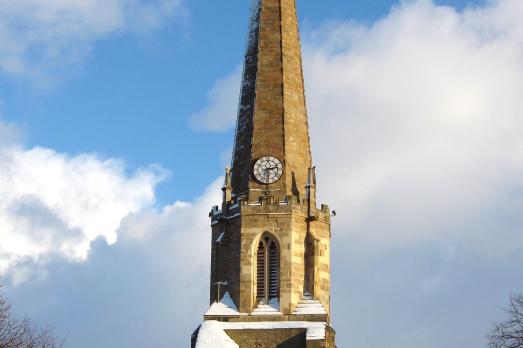
St Mary & St Cuthbert
Chester le Street, County Durham | DH3 3QB
A beautiful 13th century church with a well preserved Ankers House Museum, it houses a copy of the Lindesfarne Gospels.
Search for a fascinating place to visit, or see the variety of churches, chapels and meeting houses we have supported.

Chester le Street, County Durham | DH3 3QB
A beautiful 13th century church with a well preserved Ankers House Museum, it houses a copy of the Lindesfarne Gospels.
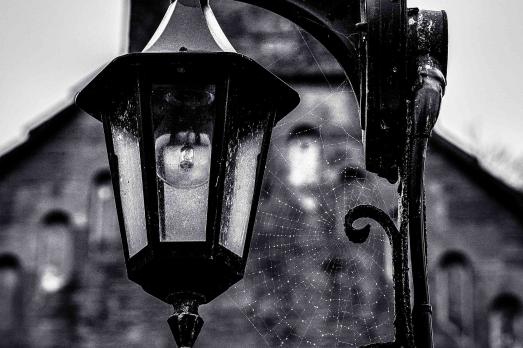
Wreay, Cumbria | CA4 0RL
Sarah Losh (1785-1853), a local landowner, designed St Mary's in 1840, partly in memory of her sister and parents.
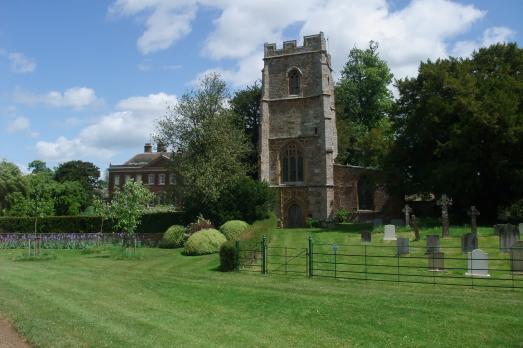
Edgcote, Northamptonshire | OX17 1AG
However you reach it Edgcote feels removed from daily life, out of time.
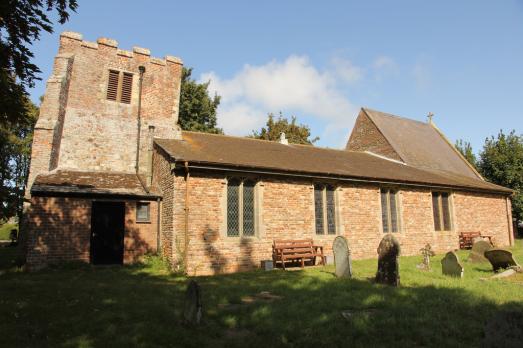
Mablethorpe, Lincolnshire | LN12 2EW
Sir Roger de Montalt, a baron during the reign of Henry VIII, gifted the land on which St Mary's was built.
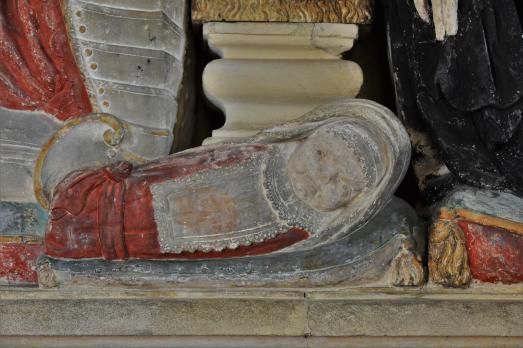
Dumbleton, Gloucestershire | WR11 7TL
This limestone Grade I listed church stands in a small village at the foot of Dumbleton Hill.
We have supported this church
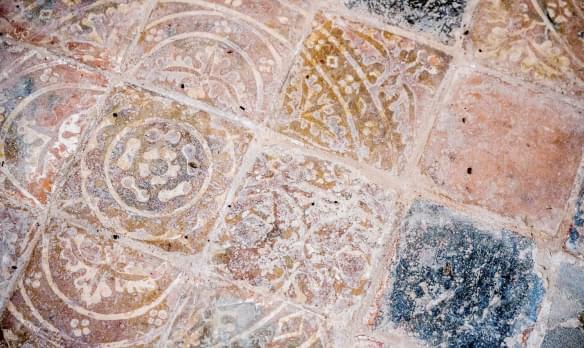
Irby in the Marsh, Lincolnshire | PE24 5AY
A charming church situated in a charming marshland village containing a fine early 15th century cinquefoil piscine in east wall.
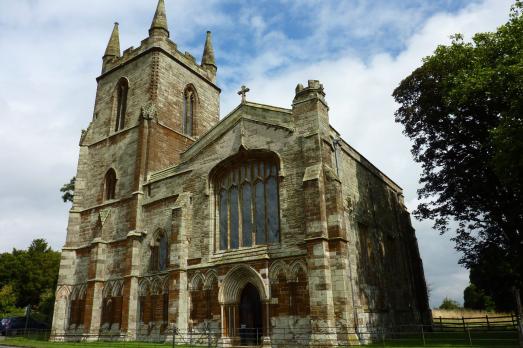
Canons Ashby, Northamptonshire | NN11 3SD
Sitting on top of the hill, just across the road from Canons Ashby House, this church is looked after by the National Trust, it is a fragment of the west end of the nave of the Augustinian Priory founded around 1150.
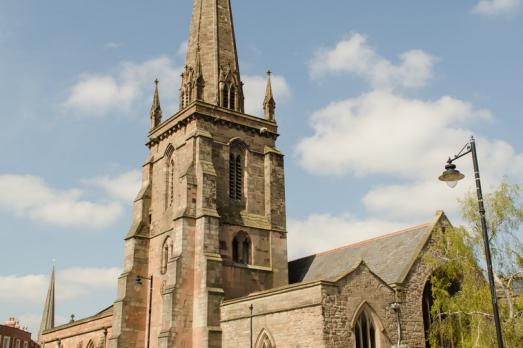
Hereford, Herefordshire | HR1 2DL
St Peter's was founded in 1074 and is the oldest and largest parish church in the city.

Hereford, Herefordshire | HR4 9AA
All Saints has been a focus of Hereford life for over 800 years, its dramatic twisted spire dominates the skyline, and the medieval interior is an inspired meeting of the sacred and the secular.

Hereford, Herefordshire | HR4 0AP
Our visitors describe this as a beautiful church, it is on the outskirts of the city centre, outside the old city walls, a peaceful, genuinely restful building.

Houghton le Spring, Tyne & Wear | DH4 4DN
This stunning ancient parish church is a place of revelation, hope and encounter where you will find 1000 years of Christianity and 4000 years of human history.
We have supported this church

Abington, Northamptonshire | NN3 3AD
A richly rewarding church, both warm and welcoming in the smart northern suburb of Northampton.